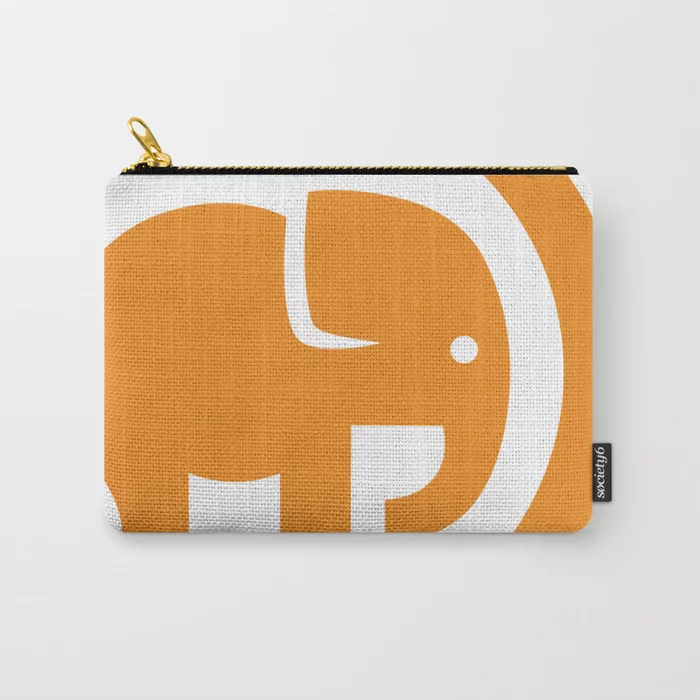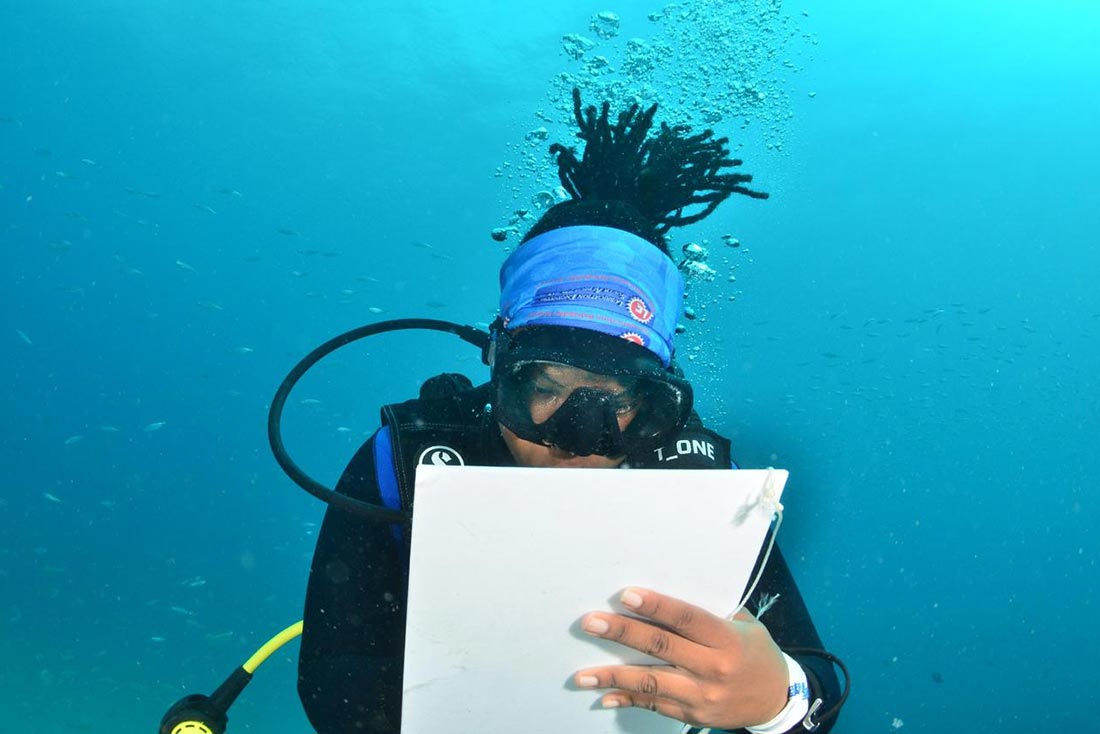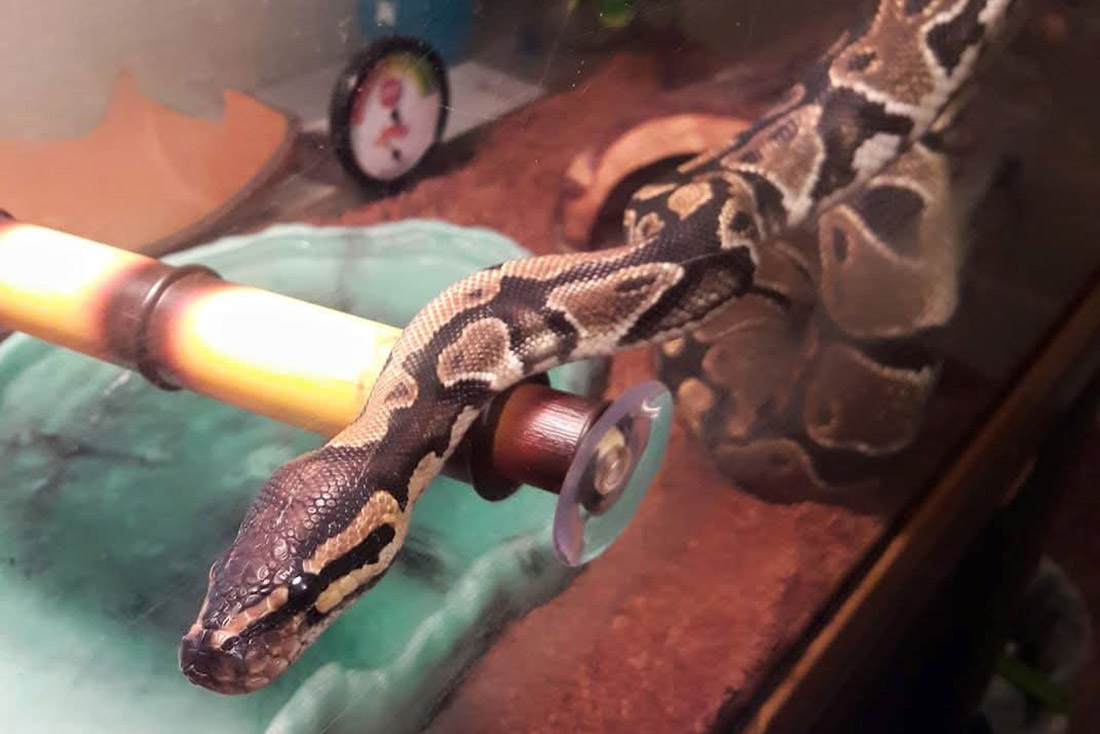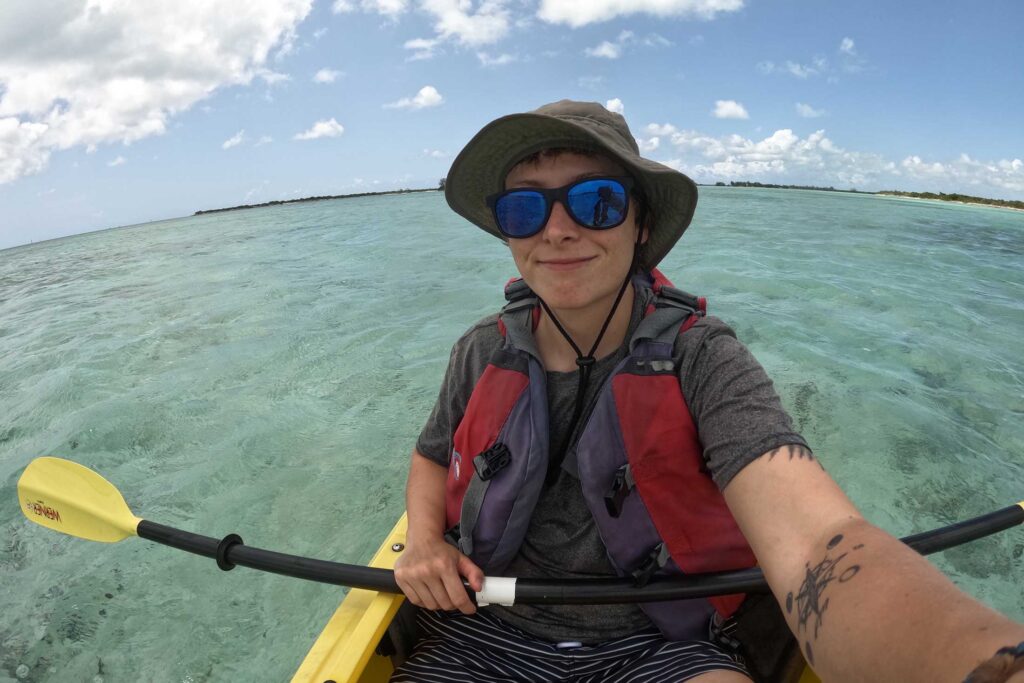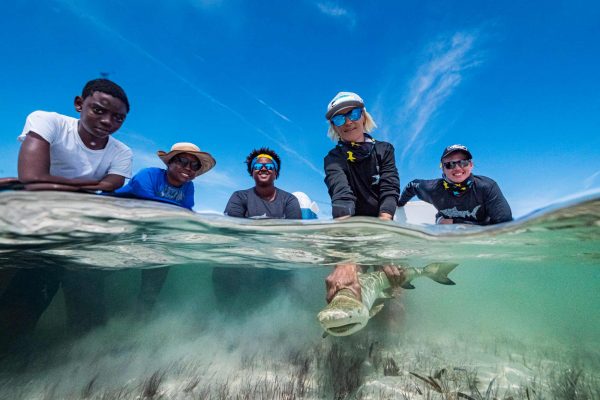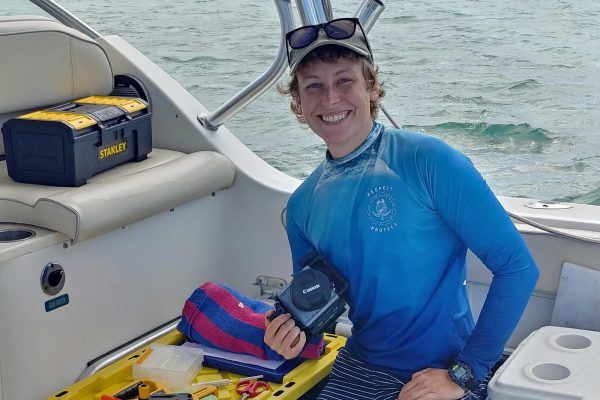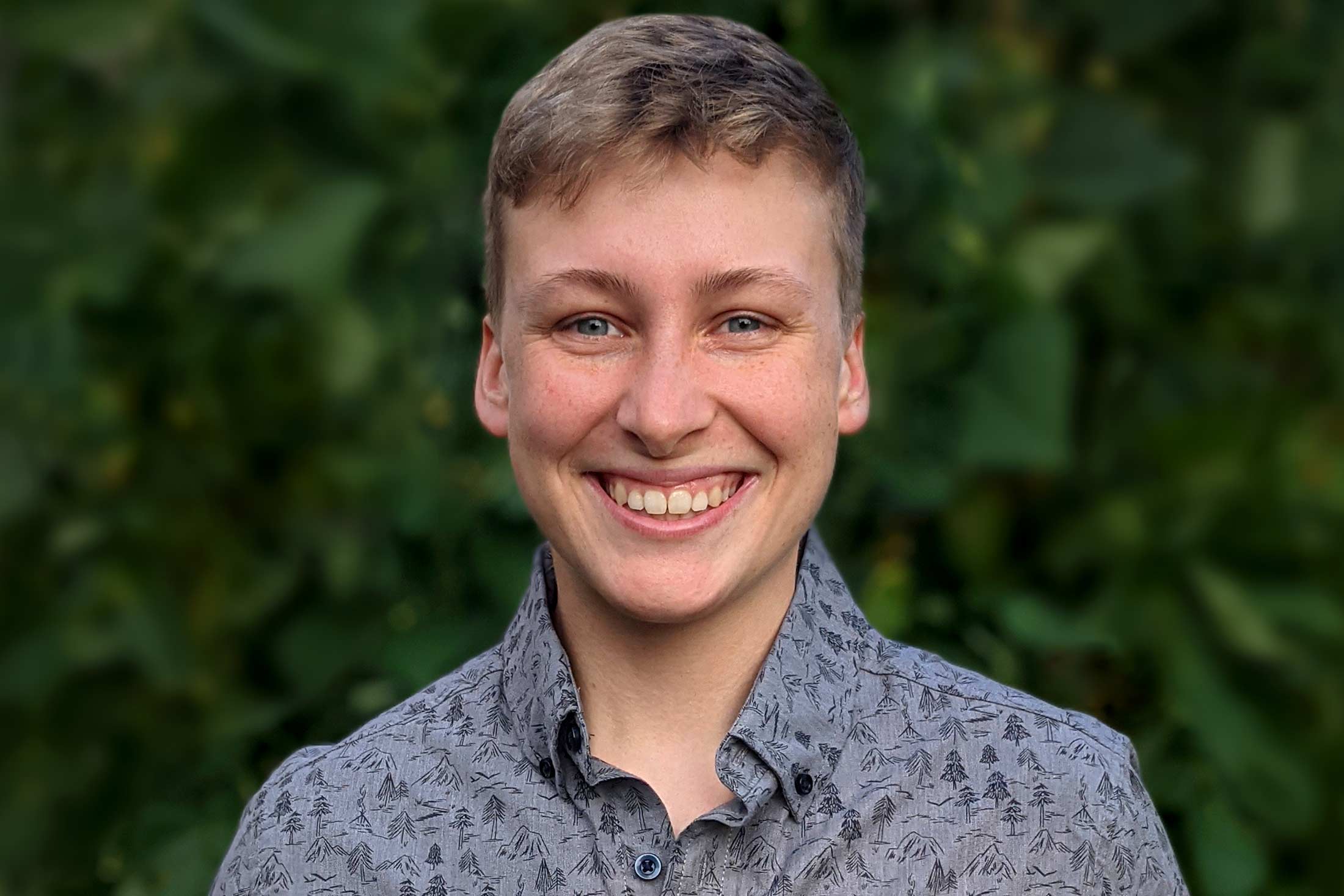After returning from my trip to Turks and Caicos with Sharks4Kids last year, I reflected on my experience capturing footage for the nonprofit’s Project Lemon Aid initiative. Most days, the fieldwork on juvenile lemon sharks fell into a consistent routine—typically, it was a sunrise to sundown operation, which proved to be both exhausting and exciting. We’d start by packing our gear—on my end, this meant ensuring that my lenses were clean, my batteries charged, and my various camera systems ready to film both topside and underwater images. Afterward, we’d load up the car and drive over to Big Blue Collective—a local organization that generously supplies its boats, crew, and local expertise to Sharks4Kids. At the docks, we’d meet up with local students and community members who volunteered as citizen scientists to help the researchers conduct their daily activities.
Methods to Locate Sharks
Once we headed out on the water, I would explore creative angles to capture the three methods used by the research team to locate juvenile lemon sharks. The first method consisted of drumlines—weighted bait stations set in mid-depth water that the researchers checked about once an hour. The drumlines were often quite effective at catching sharks since they eliminated any disturbance our boat might create. This method was also perfect for filming, as I could easily hop into the water to capture split-shot footage of the researchers placing the drumlines in their target locations.
The second method the research team used consisted of baited remote underwater video stations (BRUVS) fitted with GoPro cameras that record animal activity in specific areas. Candace Fields, one of the Sharks4Kids Shark Ambassadors I worked with during my trip, frequently uses these pyramid-like structures in her research. The BRUVS provided the researchers with a non-invasive, human-disturbance-free way to survey the area while also capturing incredible video images of sharks in their habitat. The BRUVS footage was so good that I plan to use much of it in my upcoming final project!
The final method the researchers used was hand-baiting and netting—simply standing in shallow water with nets in hand, quietly and patiently waiting for sharks to swim by. This approach proved to be highly effective near the mangroves—an area we couldn’t easily access with our boat—and is how the team caught most of the sharks they documented. This method was my favorite, as it provided a dynamic filming environment. Not only was I sitting in the shallow flats with my underwater camera, filming the lemons cruising by, but I also got to capture the topside action of the team working to net the nimble elasmobranchs.
Shark Work-ups
Once the team caught a shark, they would bring it on board in a cooler or keep it in the water to perform an exam called a work-up. During a work-up, the researchers gathered scientific information for Sharks4Kids to create a baseline data set critical for conservation efforts. Aside from documenting the length, sex, and age of each shark, the team also inserted a Passive Integrated Transponder (i.e., a PIT tag) to the right of the dorsal fin. A PIT tag is essentially a digital name tag—similar to a microchip implanted in a cat or dog. They function for many years and help scientists collect valuable data about a shark’s location throughout its lifetime.
During the work-ups, the Sharks4Kids researchers showed the volunteer community members and local students how to PIT tag the sharks. It was incredible to witness and document the first time most of these individuals ever handled a shark. The shift in their demeanor was almost palpable as they often went from fear or curiosity to awe and excitement—catching those emotions on camera made for very compelling segments in my footage! These moments also reminded me of how critical citizen scientists are to Project Lemon Aid—the initiative will likely rely more and more on local volunteers to carry out its scientific surveys in the coming years.
After the researchers completed the work-ups, they released each shark back into the wild and watched it swim away to ensure it was strong and healthy. For me, these procedures offered a variety of exciting video angles and images to tell a compelling story—and often sparked a genuine curiosity within my midwestern brain!
School Visits
At the end of a long day of fieldwork, I would often visit schools with the Sharks4Kids team. We shared stunning visuals and engaging stories with local kids and educators to help them understand the importance of the sharks and mangrove habitats in their own backyards. During these visits, we received a lot of positive feedback, with most of the kids concluding that humans are a much bigger threat to sharks than sharks are to us. Once again, watching the switch from fear to curiosity in real time was an incredibly emotional journey to witness and film.
Content Creation
After my successful filming experience with Sharks4Kids, I have worked hard to turn my footage into educational and compelling shark content. So far, I have created three Instagram shorts about Project Lemon Aid, including a project announcement, project overview, and details about shark work-ups. I also made a short video entitled A Day in the Life of a Conservationist that explains the methods Sharks4Kids uses in their research.
After spending some time sorting footage and completing my planned social media posts, I’m moving on to editing my final piece for this project: a mini-doc. With the skills in producing, shooting, and editing gleaned from my six years as a filmmaker, I have no doubts that I will create an impactful and engaging film. It will take some time, but I am excited to begin my final project to show my audience what it is like to work with Sharks4Kids. Stay tuned!



